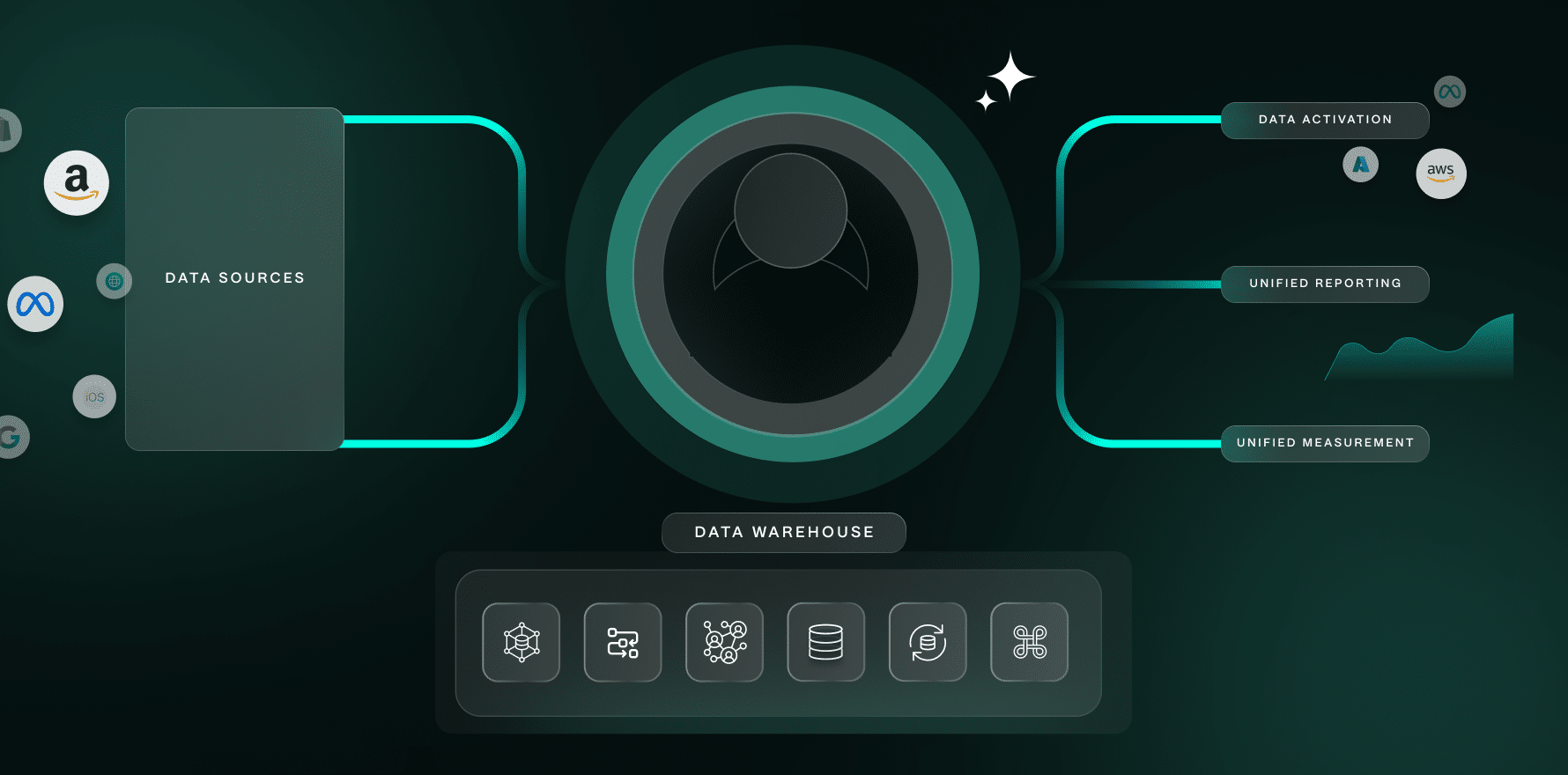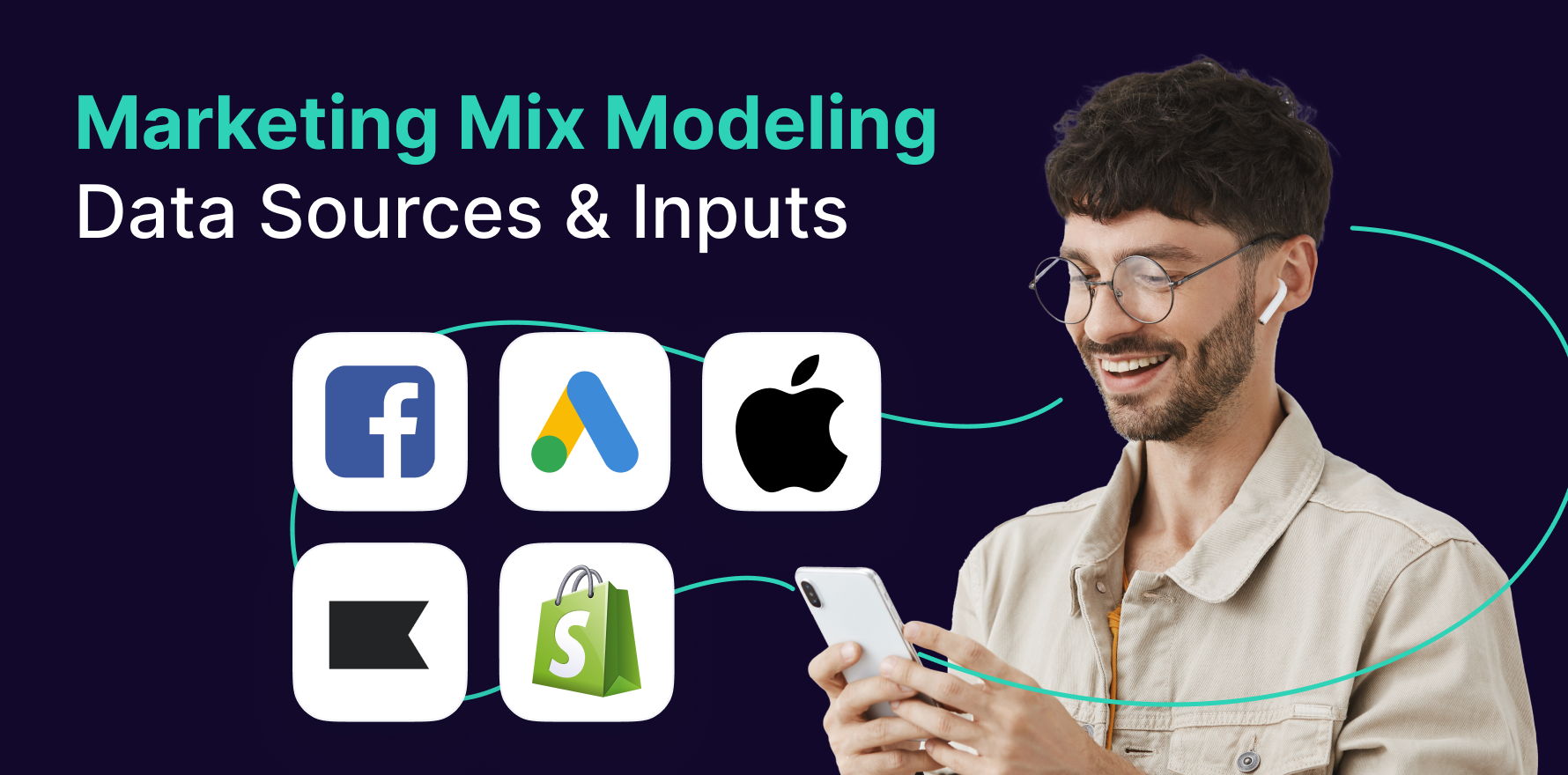AI has already transformed marketing, with its use predominantly focused on content creation and automated ad buying tools like Performance Max (PMax) and Advantage+ Shopping Campaigns (ASC). However, when it comes to marketing analytics, the adoption of AI is still in its early stages. This is rapidly changing as businesses recognize the potential of AI-driven insights to revolutionize their strategies.
The future of marketing intelligence lies in leveraging AI-powered agents to take on the heavy lifting of data analysis. Instead of marketers spending countless hours dissecting complex datasets, marketing intelligence agents (MIAs) can uncover actionable insights faster and more accurately. Beyond insights, these agents automate repetitive and time-consuming tasks like campaign optimization and budget reallocation, allowing marketers to focus on high-impact strategies.
In this blog, we’ll explore how MIAs are advancing the way businesses approach data-driven marketing. From generating insights to automating actions, these intelligent agents are poised to redefine marketing operations and enable teams to achieve unprecedented efficiency and growth.
What are marketing intelligence agents (MIA)?
Marketing intelligence agents are the next evolution in marketing technology. It can process complex datasets and transform them into actionable insights, all while providing marketers with answers to natural language queries, detecting anomalies, and delivering optimization recommendations.
Unlike traditional marketing automation tools focusing on task execution or basic reporting, MIAs operate on a higher level. They don’t just display data; they analyze it, recommend strategies, and empower real-time decision-making.
For instance, where automation tools might schedule an email campaign, MIAs could analyze the campaign’s historical performance, predict its potential outcomes, and suggest budget reallocations to maximize impact.
A few more examples of MIAs in action include:
- A budgeting agent might detect saturation in a social media channel and reallocate spend to a higher-performing email campaign.
- An optimization agent could leverage unified marketing measurement (UMM) insights to optimize campaign strategies for maximum impact and ROI.
Rise of MIAs: Integrating predictive and prescriptive analytics
The ability to analyze data is no longer enough; marketers need tools that guide them from insights to action. This is where the combination of customizable dashboards and AI-driven decision-making truly transforms the game, integrating predictive and prescriptive analytics.
Customizable dashboards serve as the foundation, offering clear and intuitive performance visualizations. Lifesight’s dashboards enhance this by enabling tailored reporting through pre-built templates, allowing teams to quickly create unified, actionable reports. This not only saves time but also fosters collaboration, ensuring every stakeholder accesses the insights that matter most.
But dashboards are just the starting point. The real transformation occurs when these insights feed into AI-driven decision-making. Marketing Intelligence Agents (MIAs) amplify this process by using insights from dashboards to execute automated actions. For example, predictive analytics might forecast a campaign’s declining performance, and MIAs can act on this by reallocating the budget to higher-performing channels or optimizing creative strategies based on real-time data.
Rather than replacing predictive analytics, MIAs enhance it with prescriptive capabilities turning insights into actions. This means marketers no longer need to manually interpret data or guess their next steps. They can rely on AI-powered tools to make precise, data-driven decisions that improve ROI, optimize campaigns, and eliminate inefficiencies.
Unified reporting and measurement as the backbone of MIAs
MIAs can deliver actionable insights and guide smarter marketing strategies by combining advanced reporting capabilities with unified marketing measurement (UMM).
Here unified reporting acts like any other business intelligence tool that combines fragmented data sources, providing marketers with a cohesive view of performance across channels and campaigns.
But reporting is only one piece of the puzzle. Unified Marketing Measurement by Lifesight provides the analytical depth necessary to understand cause and effect. Integrating methodologies like MMM, causal attribution, and incrementality testing, it identifies the true drivers of incremental impact. It moves beyond surface-level metrics to answer critical questions:
Which channels are delivering incremental growth?
How can budgets be optimized for maximum ROI?
What campaigns are generating long-term brand lift versus short-term sales?
For instance, when unified reports highlight a surge in conversions from short-form video ads, UMM can attribute the lift to specific campaigns or creative strategies. MIAs then take this insight and act on it, adjusting budgets, optimizing campaigns, or recommending real-time creative changes.
The future of marketing intelligence
Marketing intelligence agents are set to integrate more deeply with marketing intelligence platforms, providing a more holistic view of marketing performance.
Future MIAs will execute marketing actions in real time at scale. By automating execution, MIAs will reduce manual effort, minimize errors, and ensure faster response times in dynamic marketing environments.
So are you ready to empower your marketing strategy with AI-driven decisioning and actioning? Book a demo with Lifesight today and experience the future of marketing intelligence firsthand.
You may also like
Essential resources for your success
















